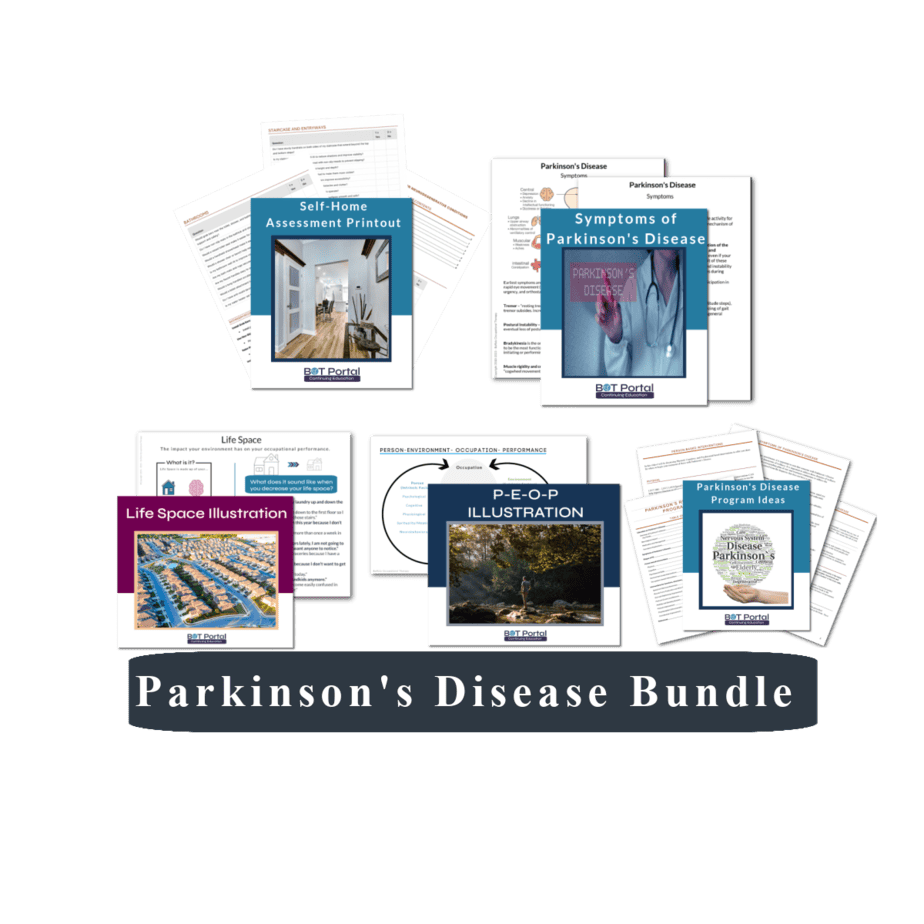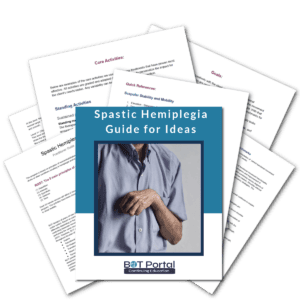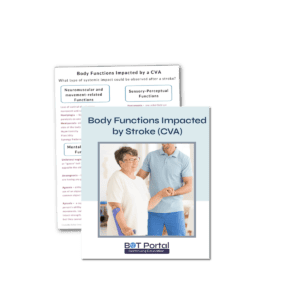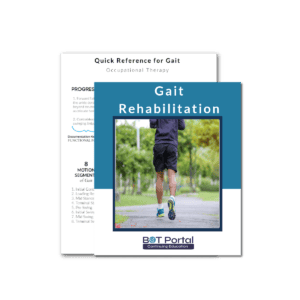Description
Parkinson’s Disease Bundle for Occupational Therapy
Improve your occupational therapy practice with our comprehensive Parkinson’s Disease Bundle of PDF resources designed to improve general understanding about the condition This essential collection includes easy-to-understand guides, practical tools, and educational materials to support both therapists and patients. Each resource is tailored to provide clear understanding and effective intervention strategies, helping you deliver personalized and holistic care.
This Parkinson’s Disease bundle features the “Parkinson’s Disease Interventions” guide, which offers proven strategies and activities to address both motor and non-motor symptoms. The “Symptoms of Parkinson’s Disease Patient Handout” is a simple document that helps patients and their families recognize common symptoms and understand the disease. Additionally, the “5 Stages of Parkinson’s Disease” PDF outlines the progression of Parkinson’s, helping with patient education and care planning. To enhance mobility and independence, the “Life Space” resource provides tips on creating safe and supportive living environments. Understanding how a person interacts with their environment is crucial.
The “Person-Environment-Occupation-Performance Illustration” is a visual tool that explains the holistic view of occupational therapy, showing how all parts of a patient’s life work together. The “Written Summary of Parkinson’s-Based Ideas” gives a quick overview of practical and therapeutic approaches. The “How to Explain Your Holistic Perspective” guide helps therapists explain the value of a complete care approach to patients and caregivers. Lastly, the “Self-Home Assessment Template” helps patients assess and modify their living spaces to improve safety and accessibility, promoting greater independence and quality of life.




